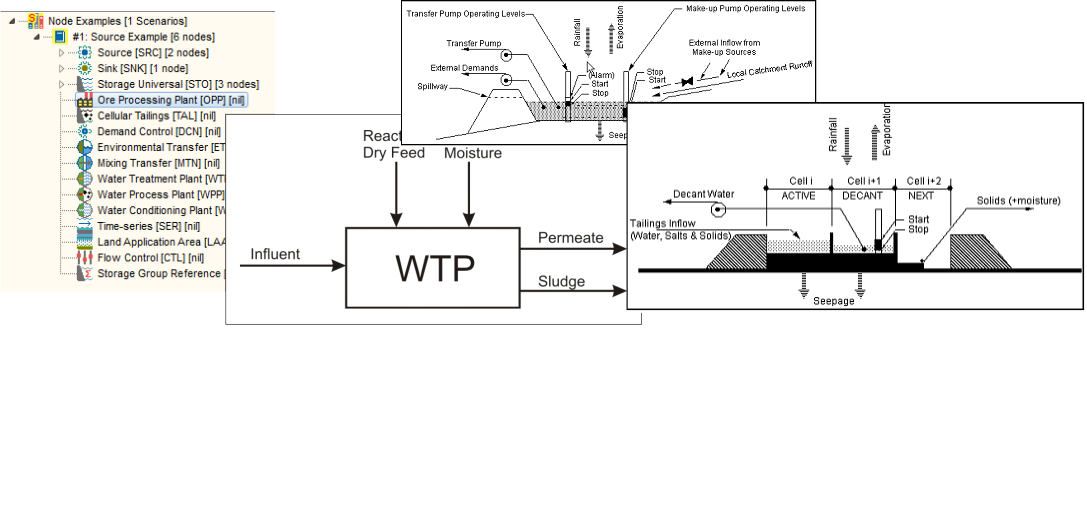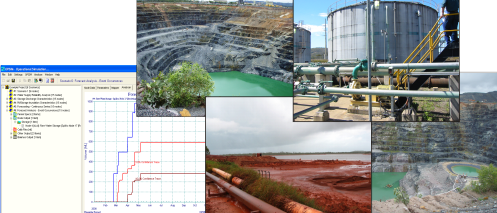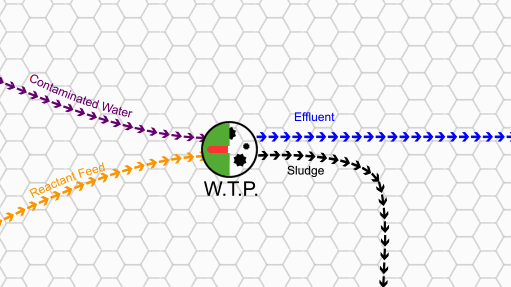OPSIM GC 
The OPSIM GC extension has been specifically designed to fulfil the needs of users working on water quality sensitive projects. The user defines the list of chemical compounds of most interesting to the application (referred to as analytes), and then uses built in models to generate and simulate the motion of these compounds. OPSIM GC includes nodes which operate specifically on these analytes to model chemical water treatments (such as a high density sludge process) and mechanical water processing (such as reverse osmosis, mechanical evaporators, or bine concentrators). Analyte concentrations are handled in the same way as any other element in an OPSIM simulation, and so can be used for calibration, historical simulation or in forecast simulation.
Features:
Simulation of conservative analytes

OPSIM GC simulates the motion of user defined conservative analytes throughout a system using charge and mass balances to capture system behaviour and performance. The analytes monitored can be forecast at any point in the model, and can be used as triggers for operational procedures.

Modelling of water processing plants
OPSIM GC includes pre built models of several commonly used water processing plants. The main types are reverse osmosis systems, mechanical concentrators, and brine concentrators. These nodes all use analyte specific transmission efficiencies and so can model any system that has been deployed.

Modelling of chemical water treatment processes
The development of geochemistry in OPSIM GC has been developed in consultation with geochemistry to ensure that understood chemical processes are accurately represented. Once modelled using a geochemical package, such as PHREEQC, the water processing behaviour can be captured by the OPSIM GC node and then used in forecasting simulations.

Environmental Management
Receiving water quality protection is often a key point for regulatory compliance. It is quite often the case that total containment of contaminated water is not practicable, and system operators therefore need to carefully manage releases of water from their site in such a way so as to not harm the environment. OPSIM includes special purpose functionality to model complex environmental transfer rules, and also track the effect of those transfers on the concentration of contaminates in the environment. A wide range of operational triggers are provided to meet with most regulatory and operational requirements.